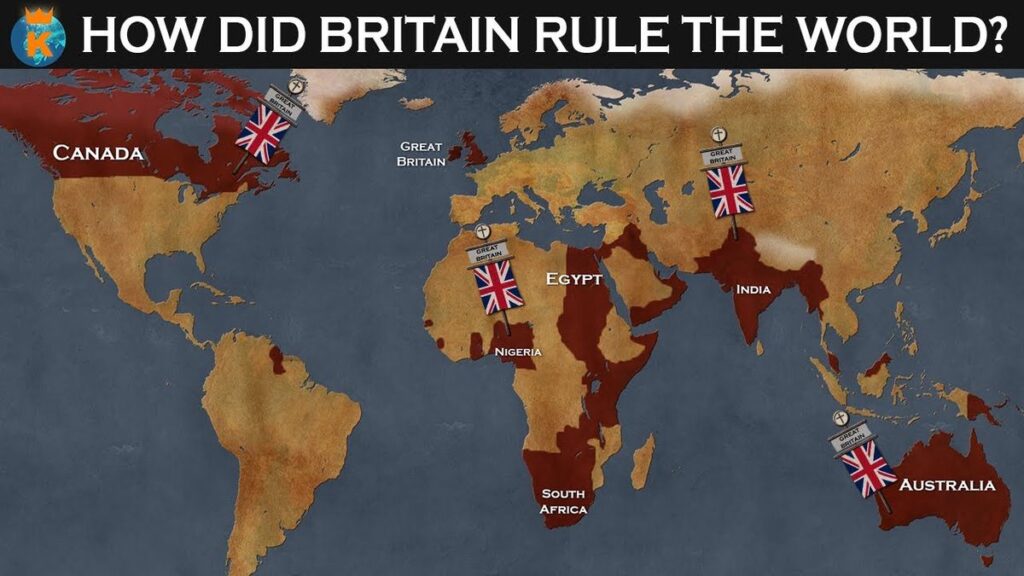Chapter 2: Growth of British Power in India
Fill in the Blanks
- The first Europeans to arrive in India were the Portuguese.
- The Dutch East India Company was formed in 1602.
- The English East India Company was established in 1600.
- The first French factory was set up at Surat in 1668.
- France was finally defeated by the British at Wandiwash.
Match the Following
| Column A | Column B |
| Abraham Darby | Discovery of Coke |
| George Stephenson | Father of Railways |
| James Hargreaves | Spinning Jenny |
| Thomas Roe | Journal of the Mission to the Mughal Empire |
| Richard Arkwright | Spinning Frame |
Write whether the Statements are True or False
- European trading companies came to India in the 18th century. — False
(They came to India from the 15th and 16th centuries onward.) - The French East India Company acquired the right to collect revenue from Bengal, Bihar, and Orissa in 1765. — False
(It was the British East India Company that got this right after the Battle of Buxar.) - By the second half of the 19th century, the English East India Company had full control over almost the whole of the Indian subcontinent. — True
- Karl Marx and Friedrich Engels were socialist thinkers. — True
- The British had to face challenges from the Marathas, Sikhs, and Tipu Sultan. — True
Tick the Correct Answer
- When was the Third Carnatic War fought?
✅ 1756 to 1763 - Who invented the Spinning Jenny?
✅ James Hargreaves - Who is known as the Father of the Railways?
✅ George Stephenson - Who was the son of Haider Ali?
✅ Tipu Sultan - Where in India is Fort William situated?
✅ Kolkata
Answer the Following in 1-2 Sentences:
- Who was responsible for the miserable condition of child labor during the Industrial Revolution?
Ans: Among other things, the Industrial Revolution worsened the problem of child labour. Faced with increasing demand and stiff competition, industrial establishments employed children to work in hazardous condition in cotton mills and match factories at a fraction of the pay of an adult worker. This exposed them to disease, abuse and industrial accidents.
- How was Bombay acquired by the English East India Company?
Ans: The English East India Company was formed in 1600 by a group of merchants. A charter from Queen Elizabeth granted them the right to carry out trade with the East. The English set their first factory at Surat in 1612. Sir Thomas Roe visited the court of Jahangir and obtained trade concessions for the company. He documented his efforts in a journal published under the title “Journal of the mission to the Mogul Empire.” Later, they established trading centres at Madras , Bombay and at Calcutta. - What were its different methods of consolidation?
Ans: The methods of consolidation incorporated by English East India Company is political conquest. - Why did the British Parliament start taking note of the English East India Company’s activities in India?
Ans: The British Parliament began taking note of the Company’s activities because it had become very powerful and was misusing its authority, leading to corruption and poor administration in India.
- Which policies suggest the establishment of British supremacy?
Ans: The Subsidiary Alliance and the Doctrine of Lapse policies suggest the establishment of British supremacy in India.
Answer the Following in 3-4 Sentences:
- What was the primary aim of the English East India Company behind the consolidation of India?
Ans: The primary aim of the English East India Company was to establish their foothold in India by trading with Indians. Indian colonies were fulfilling both their needs: an area for resource extraction and a market for selling their manufactured goods. - Why was the Third Carnatic War fought? What were its results?
Ans: The Third Carnatic War was fought between English and French from 1756 to 1763 mainly because the French wanted French supremacy in the Deccan through it shrewd diplomacy. But Robert Clive from England wanted to do the same. There were three Carnatic Wars fought between English and French for establishing their foothold in Deccan. - What were the ways in which the English East India Company expanded its territories in India?
Ans: The Subsidiary Alliance and the Doctrine of Lapse policies suggest the establishment of British supremacy in India. - What role did the French East India Company and Dutch East India Company play in India?
Ans: THe French East India Company set up it s base in Pondicherry . They established its first factory at Surat in 1668. Soon, they set up factories near Chnadernagore in Bengal and mahe near Mysore. They wanted to trade in India and maximize their profit.
On the other hand, the Dutch East India Company was formed in 1602. It dominated the profitable spice trade with the islands of the East Indies, besides trading with Japan for silver and copper and China and India for silk, textiles, and porcelain. In India, they had important centres at MAsulipatnam , Chinsurah , Nagapattinam , Patna, Balasore and Cochin.
- What advantage did the company have with centers in Madras, Bombay, and Calcutta?
Ans: The Company’s centers in Madras, Bombay, and Calcutta gave it control over major coastal regions, allowing easy access to trade routes, naval power, and political influence across southern, western, and eastern India.
Answer the Following in 5-6 Sentences:
- How would you differentiate between a capitalist and a socialist economy?
Ans: A capitalist economy is a system of economy where the means of production are in private hands. Whereas in the socialist economy, the means of production , lands and factories would be owned by the society as a whole and not by a few wealthy individuals. - Why did the English East India Company start becoming bankrupt by the beginning of the 19th century?
Ans: he English East India Company started becoming bankrupt by the beginning of the 19th century due to widespread corruption, costly wars in India, and growing administrative expenses that drained its finances. - Analyze the reasons for the fall of the French and the victory of the English in the Carnatic War.
Ans: The French lost in the Carnatic Wars mainly because they lacked strong naval support from France, while the British had powerful naval strength and constant reinforcements. The French also suffered from poor leadership after Dupleix was recalled. In contrast, the British had skilled leaders like Robert Clive. The French East India Company faced financial problems, whereas the English East India Company had better resources and trade profits. As a result, the British established their supremacy in India after the Battle of Wandiwash in 1760.
- Explain the Anglo-French rivalry.
Ans: The Anglo-French rivalry in India was part of their global struggle for colonial and commercial supremacy. Both England and France wanted to control Indian trade, resources, and political influence. The rivalry began with the establishment of trading posts and intensified through the three Carnatic Wars. The English supported strong local rulers to protect their interests, while the French tried to expand their power by interfering in Indian politics. Ultimately, the British emerged victorious, marking the decline of French influence in India.


